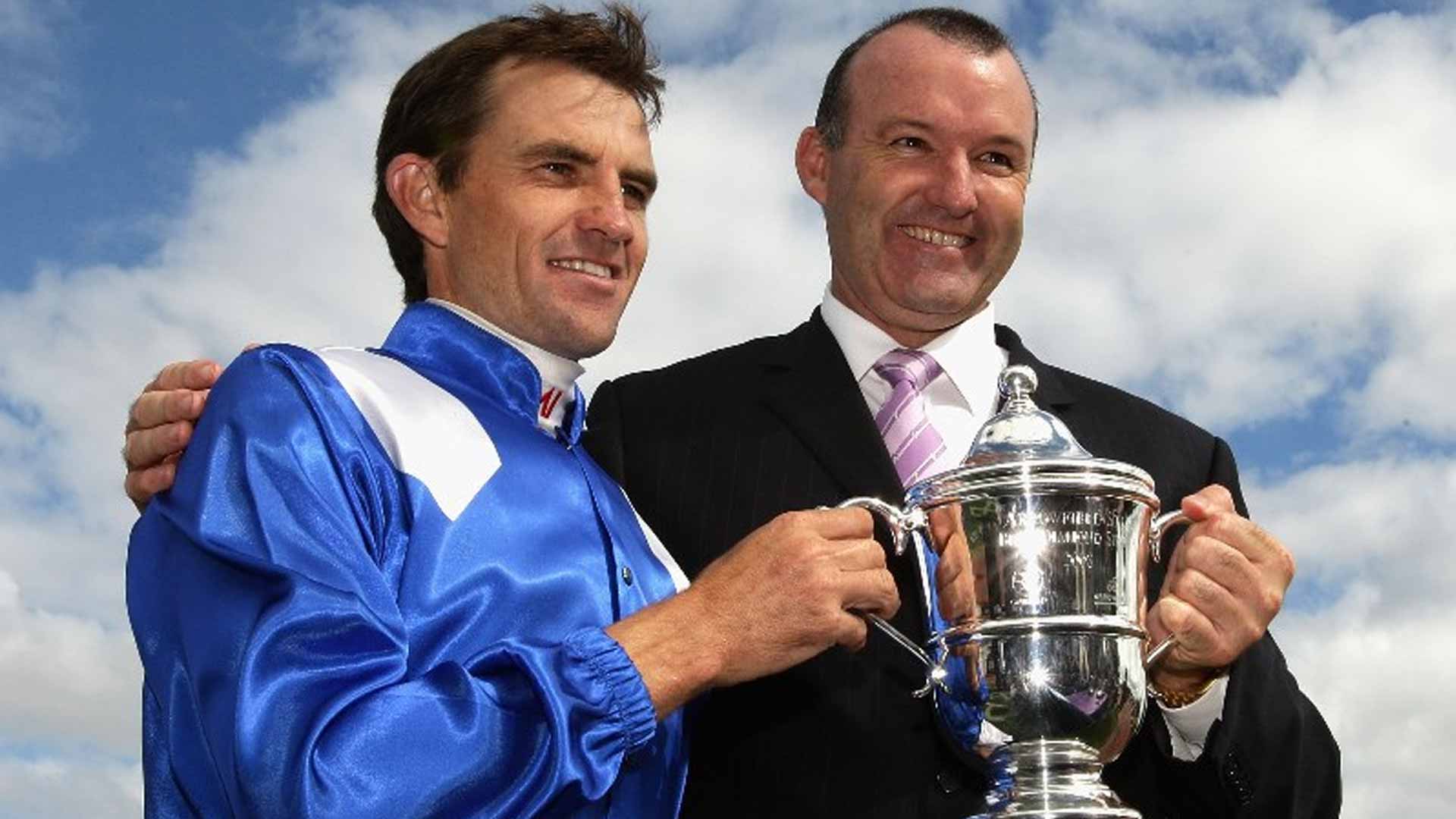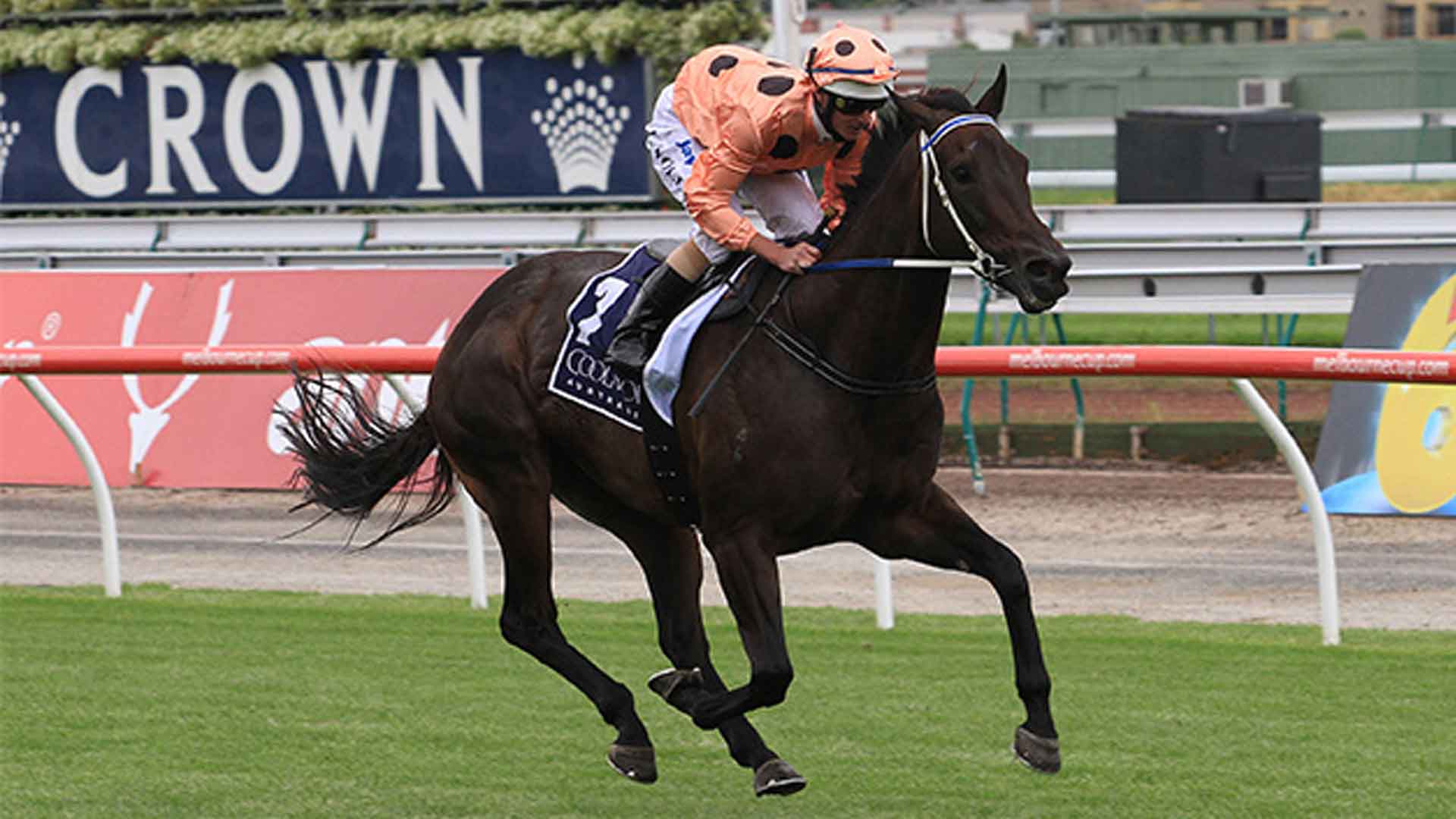Blue Diamond Stakes: History, Past Winners and Key Information
The most promising two-year-olds in the business gather at Caulfield Racecourse each autumn to contest the eagerly anticipated Blue Diamond Stakes. It is Victoria’s richest race for juveniles, and it holds Group 1 status, so it always attracts an elite field.
It is a key event within the Melbourne Autumn Racing Carnival, as many punters are eager to see which young sprinters will go on to become superstars. Blue Diamond Stakes Day also includes the Group 1 Futurity Stakes and the Group 1 Oakleigh Plate, so you will not want to miss this bumper day of first-class racing.
We have delved into the history books to highlight the glorious heritage of the Blue Diamond Stakes. Read on to learn more about its origins, the current race info, the prize money, notable winners of the Blue Diamond Stakes, key stats and trends, and how to bet on this year’s race.
Blue Diamond Stakes History
The Blue Diamond Stakes was inaugurated in 1971. It was run over 6 furlongs for the first two years, before switching to 1200m with the introduction of the metric system in 1973. Tolerance won the first-ever Blue Diamond Stakes after a photo finish. It revealed that he finished half a head clear of 20/1 shot What’s the Verdict, with Sydney filly Fairy Walk a neck away in third. The Age argued that the reputations of most starters had “as much value as a piece of polished glass”, but admitted, “the event was a huge success, and will continue to be so”.
The following year saw John’s Hope storm to victory, followed by New Gleam after the change to 1200m in 1973. There have been no multiple winners over the years because the race is only available to two-year-olds. The most notable winner in the early stages was Manikato, who saluted in the 1978 Blue Diamond Stakes before going on to be named the Australian Horse of the Year the following year.
The race continued to grow in prestige, and it became established as Victoria’s premier sprint race for two-year-olds. It had to be briefly moved to Flemington Racecourse in 1996 – when Paint clinched victory – due to a reconstruction of Caulfield, but the Blue Diamond Stakes returned to its usual venue the following year, with Knowledge triumphing.
There was controversy in 2003 when winner Roedean was disqualified after returning a positive swab, handing victory to Ksui, but there have been no dramatic incidents of that nature since then. The drama is saved for the race itself, as the Blue Diamond Stakes contenders engage in a furious gallop to the finish line in front of a buzzing crowd at Caulfield. Recent winners include Extreme Choice, Catchy, Written-By, Lyre, Tagaloa and Artorius.
Blue Diamond Stakes Race Info
The Blue Diamond Stakes is a Group 1 thoroughbred race that takes place over a distance of 1200m on the turf track at Caulfield Racecourse. It is run under set weights – 54.5 kg for fillies and 56.5 kg for colts and geldings. Only two-year-olds can compete in the race.
Some various Preludes and Previews serve as lead-ups to the Blue Diamond Stakes. It is followed by the VRC Sires Stakes, a 1400m Group 2 race for two-year-olds. The Blue Diamond Stakes is also a key form guide race for the Golden Slipper Stakes, which is also held over 1200m. The Golden Slipper takes place at Rosehill in Sydney, and it is the world’s richest race for two-year-old thoroughbreds.
Blue Diamond Stakes Prize Money
The prize pool for the Blue Diamond Stakes is $1.5 million. That makes it the richest race for two-year-olds in Victoria, and the second richest race in Australia for two-year-olds.
The prize money is distributed among the owners of the first eight horses to finish the Blue Diamond Stakes. The winner is given $900,000, followed by $270,000 for the runner-up. The third-place horse gets $67,500 and then $37,500 is awarded to the horse that finishes fifth. The horses that finish sixth, seventh and eighth each receive $30,000.
Blue Diamond Stakes Notable Winners
The first superstar winner of the Blue Diamond Stakes was Manikato in 1978. He went on to win the Golden Slipper, and he also saluted in the Caulfield Guineas and the Invitation Stakes that year. In 1979, Manikato emerged as the leading sprinter in Australia, winning the Futurity Stakes, the Doomben 10,000, the William Reid Stakes and the George Ryder Stakes. He was named Australian Horse of the Year, and he went on to secure many more triumphs, which led to him being inducted into the Australian Racing Hall of Fame in 1979.
Another famous winner was Redoute’s Choice in 1999, He also won the Caulfield Guineas and the Manikato Stakes that year, followed by the C F Orr Stakes in 2000. He would become the leading sire in Australia in 2006, and he ultimately sired 39 individual Group 1 winners, including several Golden Slipper champions.
Alinghi, the 2004 winner of the Blue Diamond Stakes, was a four-time Group One winner and she was named the Australian Champion Three Year Old Philly the following year after winning the Newmarket Handicap. More recently, 2016 winner Extreme Choice went on to win the Group 1 A J Moir Stakes, while 2019 winner Lyre and 2020 champion Tagaloa both look very promising.
Blue Diamond Stakes 2021 Winner
Father-and-son training team Anthony and Sam Freedman landed their first Group 1 win when Artorius saluted in the 2021 Blue Diamond Stakes. It was the first time the two-year-old sprinter had worn blinkers, and it proved to be an inspired decision.
He made a slow break, but he gained speed during the race, emerged from deep in the ruck and soared home, finishing three-quarters of a length clear of Ingratiating. It was one of the most impressive wins in the illustrious history of the Blue Diamond Stakes.
“It’s a big thrill,” said Sam Freedman after the race. “There’s a big team behind this horse and to have the family colours on today is a nice touch.”
Artorius’ sire, Flying Artie, finished second to Extreme Choice in the 2016 Blue Diamond Stakes, and his grandsire was Redoute’s Choice, so he certainly had the pedigree for the race. He previously won a low-ranked Sandown benchmark race over 1300m, and he was not among the favourites, but Luke Currie managed to steer him to victory in dramatic fashion.
Blue Diamond Stakes Stats & Trends
Artorius was the fifth Blue Diamond Stakes winner to be trained by the Freedman family. Lee Freedman saddled Alinghi (2004), Danelagh (1998) and Knowledge (1997), with the help of his brother, Anthony. The first solo win for Antony came in 2019 when Lyre won, and he teamed up with his son Lee for victory in 2021.
Yet the most successful trainer in Blue Diamond Stakes history is David Hayes, with Canonise (1991), Principality (1995), Nadeem (2006), Sleek Chassis (2007), Reaan (2008) and Catchy (2017). Dwayne Dunn is the most successful jockey, with four wins. The fastest time came in 1994 when Hurricane Sky finished at 1:08.1.
The two-year-old form can be difficult to gauge, but there are two major lead-up races to the Blue Diamond Stakes: the Blue Diamond Prelude for fillies and the Blue Diamond Prelude for colts and geldings. Most winners of the Blue Diamond Stakes come from those races, so they are well worth paying attention to. Additional races to take a look at including the Magic Millions 2YO Classic, which is run at the Gold Coast in January.
Fillies have a decent record in the Blue Diamond Stakes. They have won eight times since 2000, compared to 13 wins for the males. Since 2010, fillies have won five times.
Since 2011, six favourites have won the Blue Diamond Stakes. Before that, only two favourites won between 1997 and 2010. Tagaloa, who defied odds of $26 to salute in 2020, is the only Blue Diamond Stakes winner since Nadeem in 2006 that did not finish either first or second in his previous race.
Barrier 5 has produced the most winners in the history of the Blue Diamond Stakes, with six in total from that gate. Barriers 2 and 3 have never yielded a winner when there were 14 or more runners in the race.
Blue Diamond Stakes Betting
You can choose from a broad selection of betting options on the Blue Diamond Stakes at TopSport. Just visit the racing section of the site to find it.
You will be able to bet on the winner, the place, each way, the quinella, the exacta, the trifecta, the first four or the quadrella.
Our racecards tell you some basic information about each runner, and you can click the “Pop-Out Form Guide” option for a comprehensive overview of each horse in contention for the Blue Diamond Stakes.
It is easy to place a bet on the Blue Diamond Stakes at TopSport, but if you need any help, just contact our customer service team.



